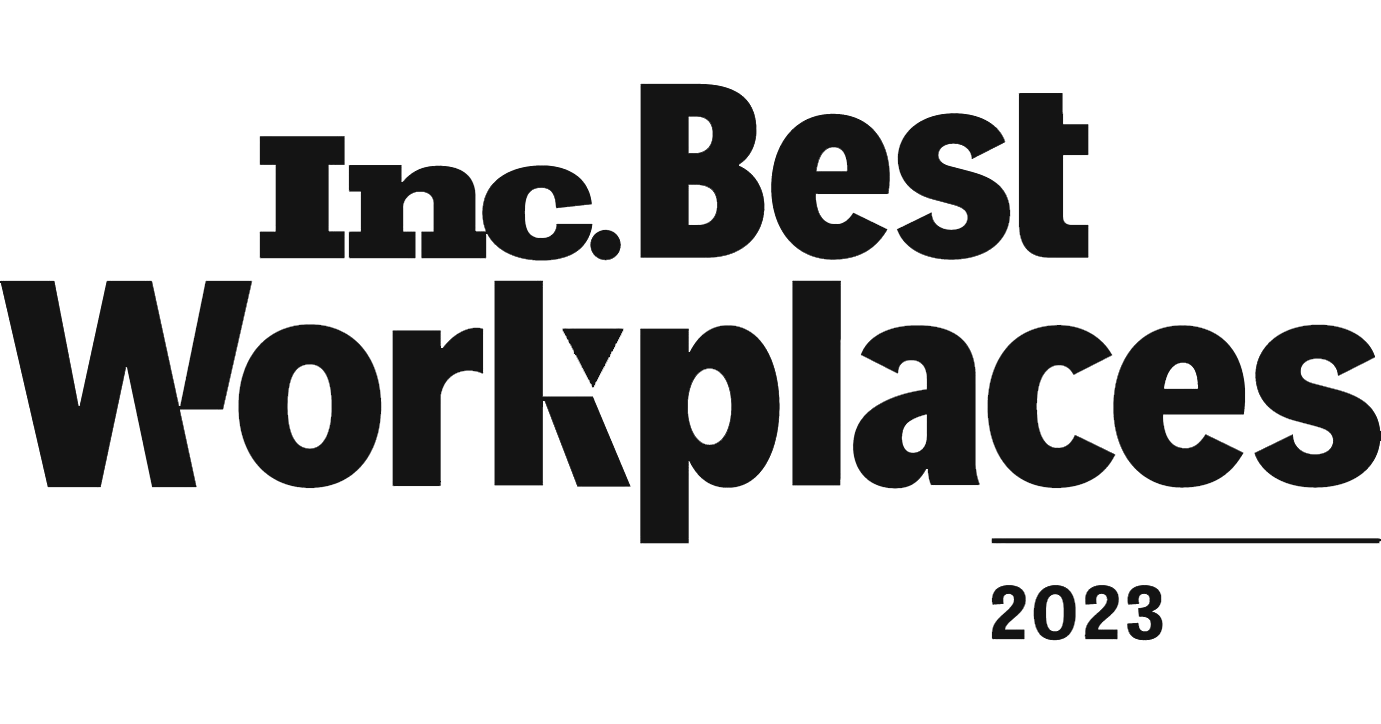.webp)
.webp)
.webp)

.webp)
.webp)
%20(Large).webp)
%20(Large).webp)
%20(Large).webp)
.webp)
.webp)
.webp)


We help brands make
their mark on the world
As a growth marketing agency, we use data, digital technology, innovative creativity, and strategic storytelling to engage and retain customers—ultimately turning them into champions for your brand.
Machete
Machete
eCommerce ■ Paid Media | SEO
+69%
QoQ increase in conversion value
3.5X
return on Pinterest ad spend
3X
return on Performance Max campaign
Venture Atlanta

Venture Atlanta
Professional Services ■ Brand Identity & Development | Email Marketing | SEO | Social Media
+75%
increase in conversions
+10K
monthly visitors
+$2M
revenue generated
Icon Source
Icon Source
SaaS ■ Brand Messaging | Brand Identity | Website Development
+580%
overall website users
+380%
direct website traffic
+7,700
ranking keywords
- Performance MarketingYour revenue targets are within reach with Marketwake at the helm. Through a tailored blend of Strategy, Paid Media, SEO, Email, and more, we’ll elevate your marketing, meeting lofty goals head-on.
- BrandingBuilding a solid brand is all about weaving a compelling narrative. From brand messaging to visual identity, we’ll help you tell your story and create raving fans out of your customers.
- Rev OpsNeed help making sense of your CRM? We can assist with that too. We’ll help you optimize your revenue operations so marketing, sales, and finance stay fully aligned and on course.
- Website EverythingIf you’ve got a website, we’ve got a strategy. From complete website design and development to conversion rate optimization, we’ll make sure your online identity delivers.
Experts at
the helm
Our crew is comprised of marketing and creative experts who are relentlessly focused on growth and driving tangible, long-term results.
What's new at
Marketwake

Marketwake is Inc. Magazine's 2023
Power Partner
Power Partner
Our team is honored to be recognized for Inc. Magazine's 2023 Power Partner Awards list, a curated collection of top B2B companies across the globe! We are grateful for the opportunity to continue surpassing goals, building meaningful relationships, and celebrating growth with our clients & each other.

Marketwake wins Web Excellence
award for work on UGA Grady.
award for work on UGA Grady.
We are excited to be recognized for our work on this large new website project from conception through development. Working within UGA's strict brand guidelines, we revitalized and modernized the look and feel of the site, created an entirely new information architecture, and added micro annimations to enhance the user experience.

Listen & Watch: Big Think Episode Six
Dive into the world of marketing in the remote era with Tamara Rosenthal, VP of Marketing at TaskRabbit, in this insightful episode of Big Think. Explore the evolving landscape of leadership in a fully remote work environment, unravel the intricacies of brand building from the top-of-the-funnel strategies to measuring brand awareness, and hear Tamara's personal journey.
Serving clients
with excellence
.png)








.png)


























